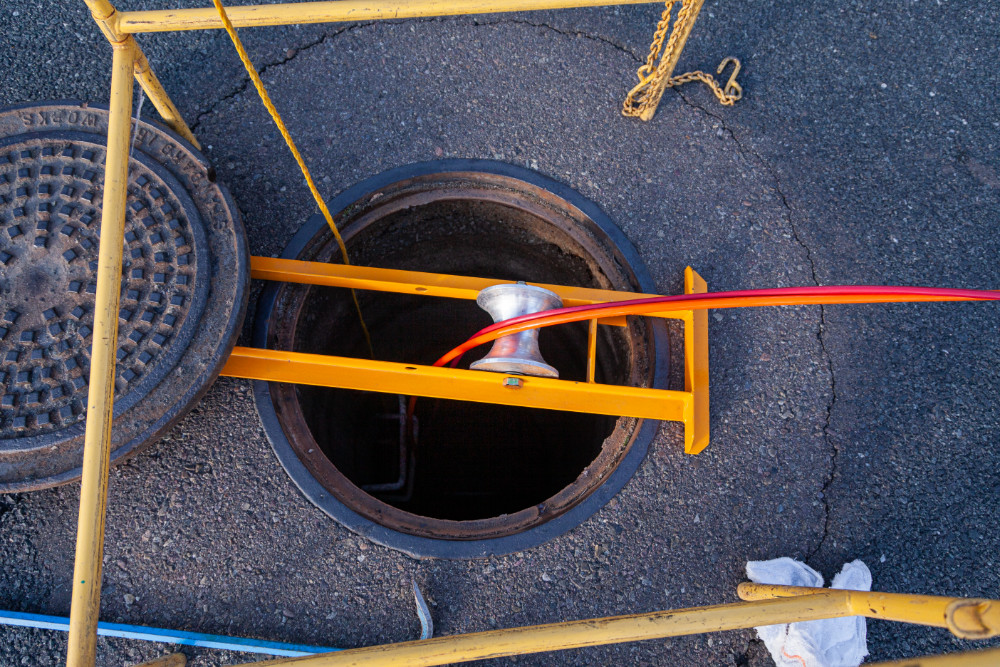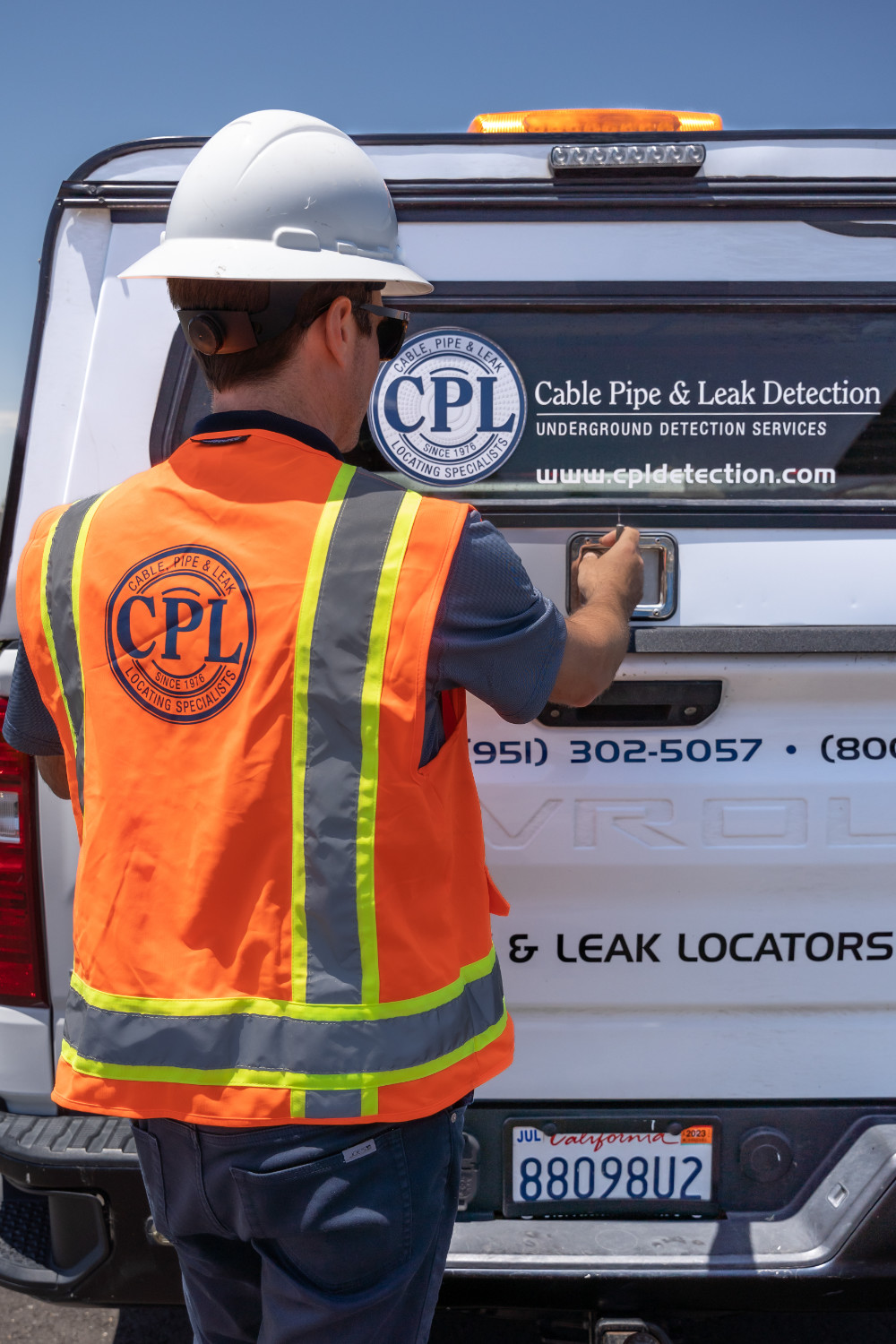Cable, Pipe and Leak Detection

Q1: What services does Cable Pipe & Leak Detection provide?
A1: We specialize exclusively in leak detection and utility locating. Our expertise is focused on accurately identifying the location of leaks and underground utilities. Please note that we do not offer repair services.
Q2: How much does leak detection cost?
A2: Our leak detection service starts at $375, which covers the first two hours of service. This fee includes the use of advanced equipment, the use of up to one tank of CO2, and the expertise of our trained technicians to precisely locate leaks.
Q3: What is the cost for utility locating services?
A3: Utility locating services begin at $285 for the first hour. For each additional hour, the cost is $260. Our team employs specialized equipment and techniques to accurately locate underground utilities. Mapping services are available.
Q4: Which areas do you serve?
A4: We proudly serve all Southern California with offices in both San Diego and the Temecula Valley. Whether you’re in a coastal community or inland, we’re equipped and ready to assist you with your leak detection and utility locating needs.
Q5: Do you provide emergency services?
A5: Yes. Please contact us directly for inquiries regarding emergency services. Our availability can vary, and we strive to accommodate urgent needs whenever possible.
Q6: How can I schedule a service?
A6: Scheduling a service is easy! You can contact us through our Google My Business page, visit our website, or give us a call. We’ll work with you to find a convenient time for our team to visit your location.
Q7: What should I do to prepare for your visit?
A7: We recommend clearing the area where the leak is suspected or where utility locating is needed. If it is a suspected slab leak, clearing the cabinets under sinks helps our technicians to access and work efficiently. If you have any specific instructions or property details, please share them when you schedule the service.
Q8: How long does a typical leak detection or utility locating take?
A8: The duration can vary depending on the complexity of the task. Leak detections typically take about 2 hours, while utility locating can vary. Our technicians will provide a more accurate estimate upon assessing the situation on-site.
Q9: What makes Cable Pipe & Leak Detection different from other service providers?
A9: Our commitment to precision, reliability, and customer service sets us apart. We use the latest technology and proven methods, and our team is highly trained and experienced in leak detection and utility locating. Furthermore, CPL does not perform any plumbing repairs, so you can trust that our technicians are focused solely on finding your leak.
Q10: Can I get a quote over the phone?
A10: We can provide a basic estimate over the phone based on the information you provide. However, for a more accurate quote, our technicians may need to assess the situation on-site.
For any other questions or specific inquiries, please feel free to contact us directly. We are here to help!

